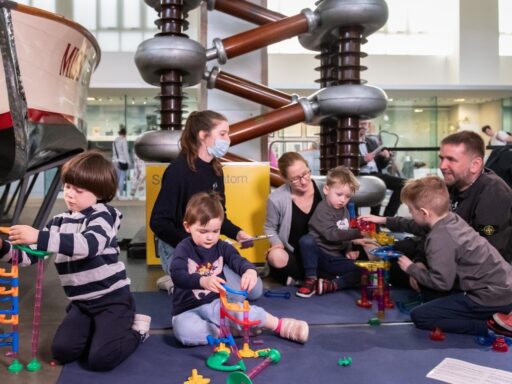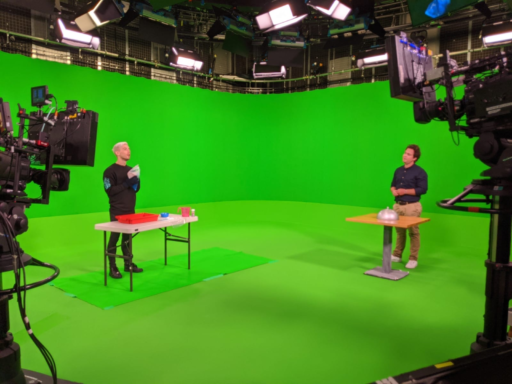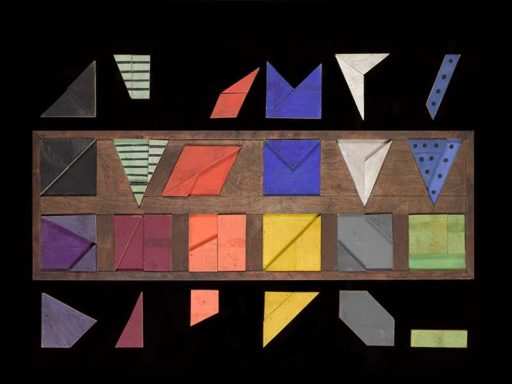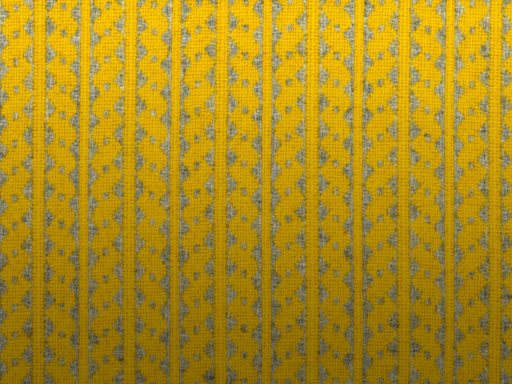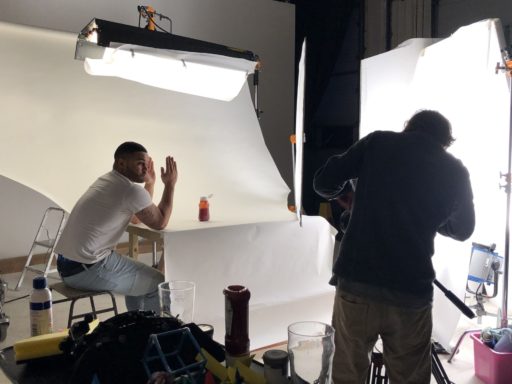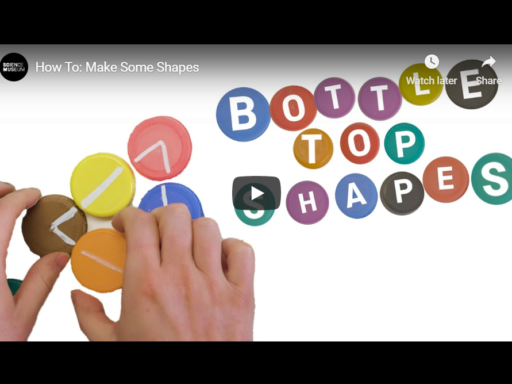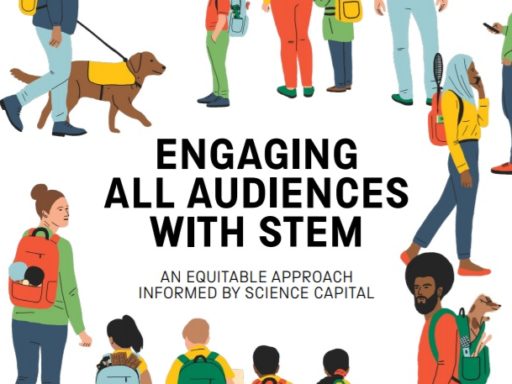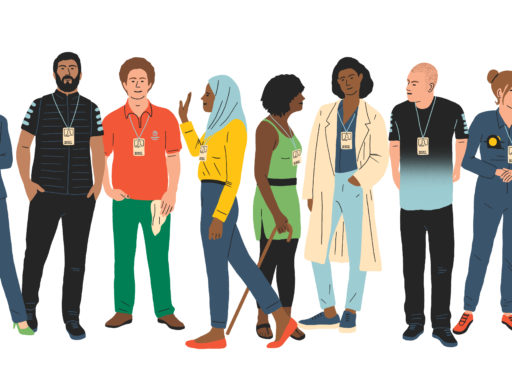The Science Museum Group are working on a collaborative research project which explores how to support early years audiences with science objects in our museums. Madeline Stanley reflects on the work so far and on the importance of play in early years learning and object engagement.
The Science Museum Group have been working with the principle of science capital for almost 10 years. Throughout our journey we have learned a huge amount around what this approach can look like in practice and what challenges we, and our colleagues have faced with it. Here we share our top 5 most commonly asked questions.
We talk about engagement a lot in our work, it is at the heart of everything that we do and we use it to describe and measure the value and benefit of our experiences. However, it can be a hard word to define. Beth Hawkins explores ‘what exactly do we mean when we talk about engagement?’.
Maxwell Hamilton describes how we challenged ourselves to reflect on the everyday examples, and the language we used in content we created for BBC Bitesize Daily as part of Science Week. He shares how we worked to make the content relevant to the audience of at home students.
Jess Sashaw shares the development of our maths themed image banks and how we’ve brought to life some of the stories behind objects in our collection. She discusses how they help promote discussion, develop confidence and ownership and how they have help relate maths to everyday life.
Hands-on making activities are an essential part of our learning resources offer. Our activities use easy to find materials and give people the opportunity to get creative with science and maths at home and in the classroom. Jess Sashaw discusses our newly developed set of maths resources.
Our engagement reflection points help us make our experiences relevant to as wide an audience as possible. Jess Sashaw has been developing our maths engagement offer, and shares how the reflection points can help people feel more connected to maths.
Laura Bootland, Interpretation Developer at the National Railway Museum, and the Project Lead for the Brass, Steel and Fire exhibition, shares how the science capital research informed the development of the temporary exhibition.
In the second of two posts, Lauren Ding discusses the process of turning our downloadable hands-on resources into easily sharable videos, exploring how we used our engagement reflection points to make them as accessible as possible.
Following the success of our online hands-on activities, we want to further promote them to as wide an audience as possible. In the first of two posts, Lauren Ding, Digital Editor, Learning for the Science Museum Group, shares why we chose to develop videos.
Research around science capital highlights that there isn’t a single place, action or experience alone that will help improve engagement and equity around STEM. Our booklet pulls together science engagement and science capital research to answer the question, what role can informal learning environments play?
As part of the organisational change series, this post shares some of the ways we started raising awareness of, and distributing, resources around science capital research to colleagues in the Science Museum Group.
